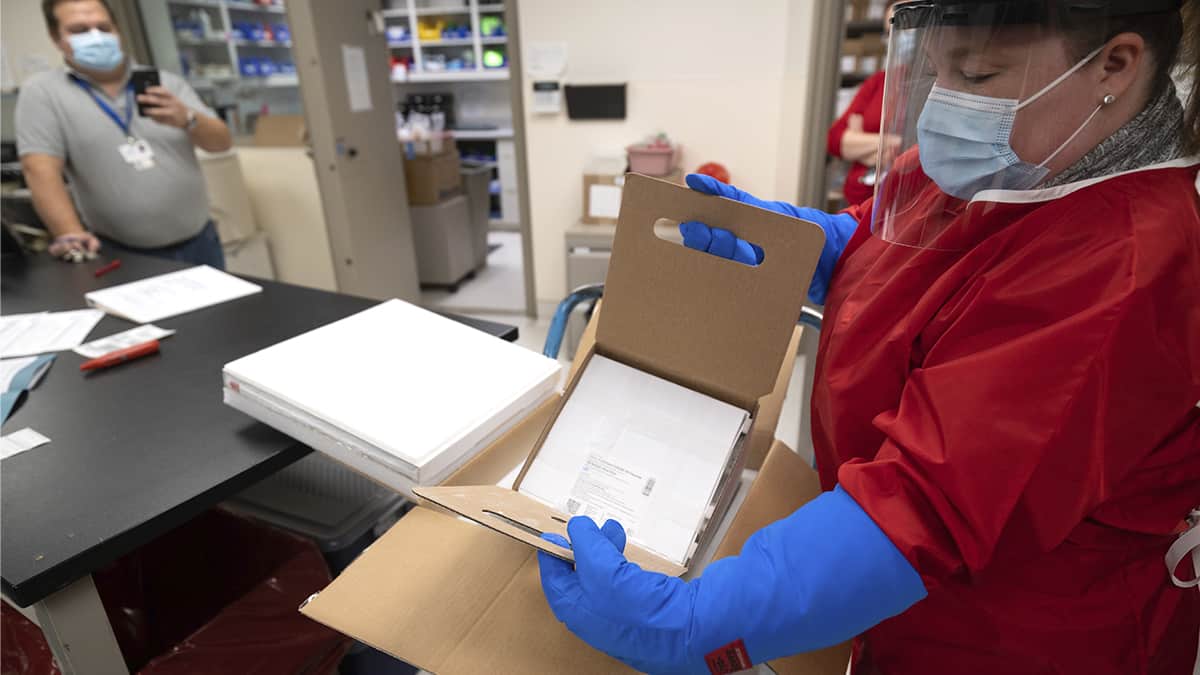Faced with making a decision about the fate of the historical Peel Street bridge in Winterbourne, Woolwich council punted Tuesday night.
The township will spend $85,000 on another environmental assessment study that expands the number of options to include replacing the existing structure with a brand new bridge.
Prior to that, councillors voted their way to a stalemate on proposals to rehabilitate the steel truss bridge, built in 1913, for pedestrian use and to simply close it permanently, leaving it in place pending a future decision.
At issue was reopening the crossing to horse-drawn buggies, with some councillors suggesting that link be re-established to prevent those residents from having to take long detours, which has been the case since the bridge was closed for safety reasons in 2017. To do that, the bridge would have to be restored for full vehicular traffic, not just pedestrians, a direction that might see the bridge replaced by a new one.
Originally, after an environmental assessment that included public consultation, a staff report called for the closure and demolition of the bridge. When the community and council balked, other options were on the table.
Rehabilitating the current structure to carry vehicles would cost about $1.6 million, while repairing it to carry just foot traffic would be about $1.1 million. In both cases, another $1.1 million in today’s dollars would have to be spent in 2040, followed by $700,000 to demolish the bridge when it comes to the end of its lifespan in 2050. Building a new bridge would cost $4-$8 million, depending on a one- or two-lane design.
Mayor Sandy Shantz called for an option that allowed for buggy traffic, not just pedestrians. But director of infrastructure services Jared Puppe said investigations have shown no option that allows buggies to cross but block motorized vehicles from doing the same.
“People don’t respect structures. If it’s a bridge, people will use it,” he said, noting overweight vehicles, including farm equipment, often cross bridges where such traffic is prohibited.
Anything more than pedestrian traffic would increase the wear and tear on a rehabilitated heritage structure, he added.
For Coun. Murray Martin, the answer is to build a new bridge, a proposal he has been advocating through much of the debate.
“There’s only one option that will meet the needs of a rural, farm community, and that’s a new structure that will accommodate people walking, horse and buggies, cars, farm tractors and their wagons. A new bridge is the only one that will meet their needs,” he said.
Martin, along with Shantz and Coun. Larry Shantz, voted Tuesday night against motions to restore the bridge for pedestrian use or to simply close it up for now, pushing for a longer-term solution.
“I want to be on the side where we look ahead and make a good decision.”
Coun. Shantz agreed that simply patching the existing bridge wouldn’t make sense.
Coun. Patrick Merlihan, on the other hand, argued that the low traffic volumes when the bridge was still open don’t warrant spending millions of dollars.
“$8 million is an astronomical amount of money,” he said of the high-end figure for a new bridge, noting the structure was handling only some 100 crossings per day prior to its closure, about 12 of which were by horse-drawn buggies.
Rather than a span across the river, the bridge is most notable for its heritage.
“The value is in the fact that it’s been there for a hundred years.”
He said building a new bridge would mean more people using the route as a shortcut, directly contrary to what residents have said about reducing traffic and speeding in the village.
“You’re just begging for more traffic,” he stressed.
Martin said the $8 million price tag wasn’t an issue, comparing building a new bridge for some of the residents there to the construction of the Woolwich Memorial Centre and community centres in some of the other settlements.
He added that the decision to go ahead with the environmental assessment didn’t commit the township to tearing down the bridge and building a new one, but cleared the way for council to make that decision at a later date.









